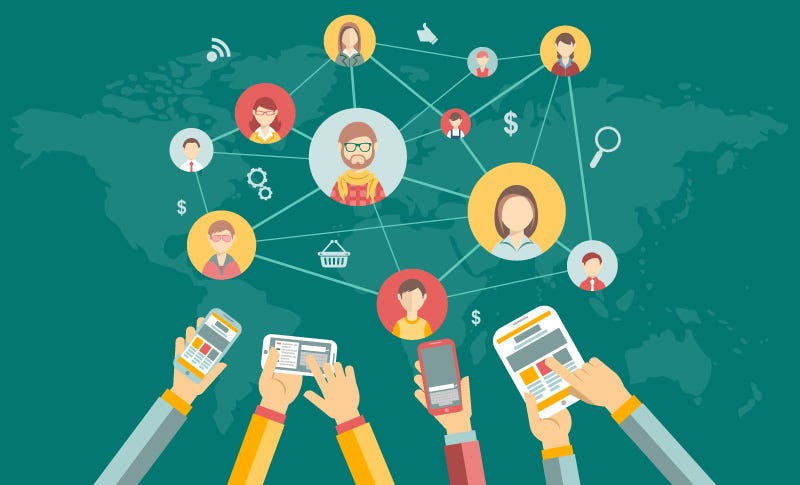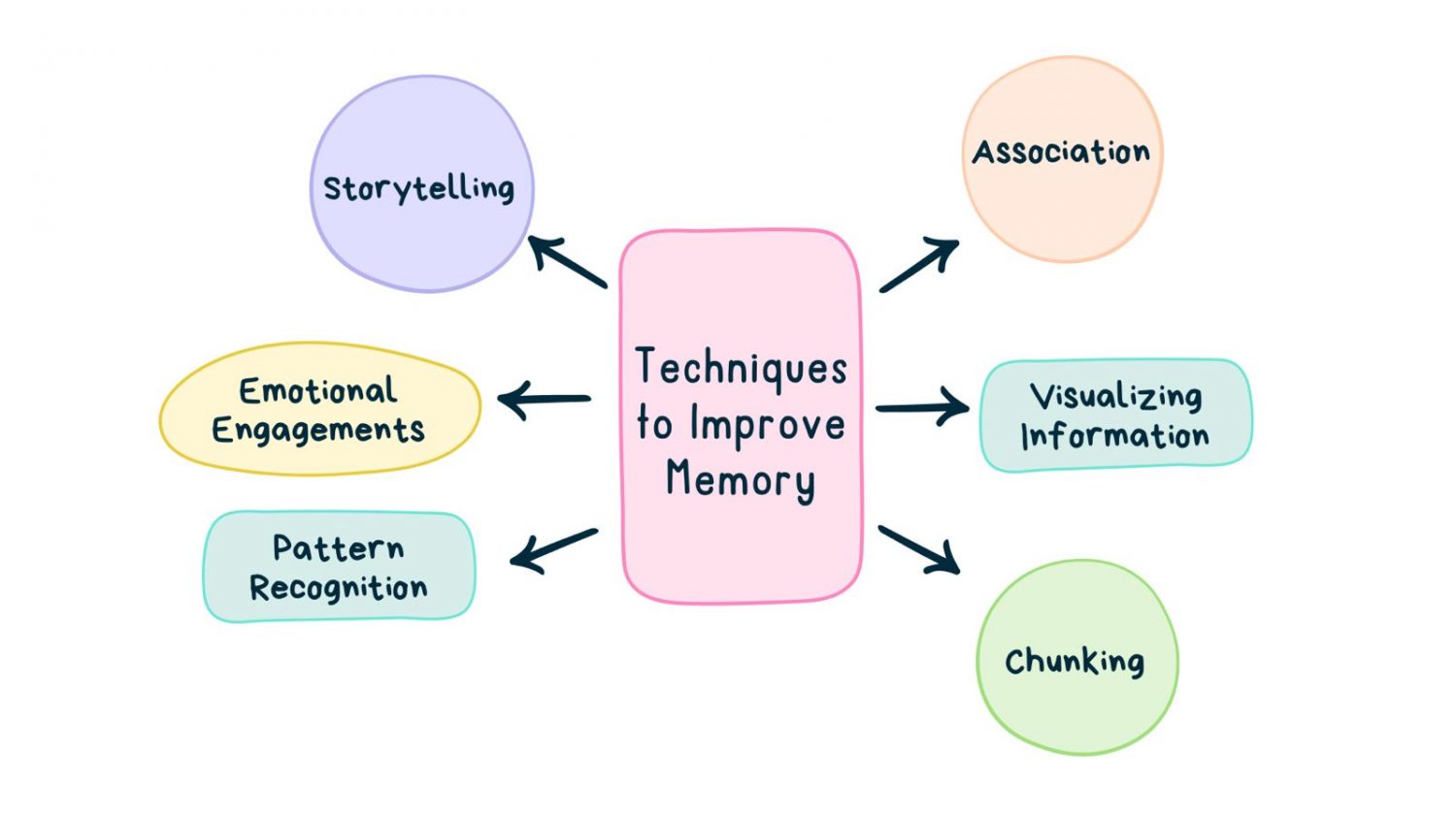Routine. Sounds monotonous? Every morning waking up and struggling to decide what to do first, whether to have a coffee, or to go for a shower, or to go for a morning walk followed by breakfast. All of these things can cause stress and make you feel anxious. But being ahead of time and setting a routine can help you …
Break Habits for Brain Boost: Incorporating Intentional Pauses in the Workday
Organizational research of the 21st century show how the fast-paced intensity of work, new technological advancements, and competitiveness have resulted workers to often get stuck inside the bubble of constantly performing due to pressure. This leads to blurring of the boundaries between one’s private and professional life, exhaustion, health issues, dissatisfaction with job, executive dysfunction, etc. Workers frequently work late …
Curiosity-Driven Leadership: Igniting Innovation and Adaptation in Organizations
Talent Development: Strategies for Career Advancement And Adaptation
The idea of a linear career path has been replaced by a dynamic journey of continual learning and adaptation in today’s quickly changing professional scene. Talent development has become a crucial component of job growth, helping people to thrive in a constantly changing environment and stay relevant. This essay examines efficient talent development tactics that promote professional advancement and the …
Unlocking Change – The Role of Adaptive Learning in Overcoming Phobias
Phobias, which are characterized by irrational and intense fears of particular objects or situations, can have a profound impact on an individual’s overall well-being. Although the roots of phobias can be intricate, the introduction of adaptive learning methods has introduced novel avenues for assisting individuals in conquering these fears. This article explores the revolutionary impact of adaptive learning on phobia …
Social Learning and Curiosity: How Peer Interactions Foster Adaptive Learning
A vital component of human growth and development is learning. While traditional educational institutions are important for acquiring knowledge, social connections, and peer involvement account for a sizable percentage of our learning. This type of learning, known as social learning, is closely related to curiosity, the need we all have to look around us, ask questions, and try to comprehend …
Social Media and Lifelong Learning: Fostering Adaptive Agility in the Digital Age
In today’s rapidly evolving digital age, social media has transcended its role as a platform for communication and entertainment, becoming an invaluable tool for fostering lifelong learning and adaptive agility. The modern world is characterised by constant technological advancements and paradigm shifts, necessitating individuals to continuously acquire new knowledge and skills to remain relevant and competitive. Social media platforms offer …
Auto-Tuning of Human Output: The Influences that Tune our Choices
Mr. Kaushik Chakrabarty In the vast landscape of decision-making, the intricacies of human behavior and actions are often auto tuned by the subtle yet profound forces of social influence. In this article, we will delve into the fascinating realm of how our choices are molded by the environment and the people around us, leading to a conscious shift in our …
The Role of Memory in Learning: Strategies for Enhancing Retention and Recall
Ms. Muskan Memory is an essential component of human cognition, serving as the foundation for acquisition of knowledge, comprehension, and data retention. Memory is essential in creating the perception of the world around us, whether we are preparing for examinations, learning a new skill, or simply absorbing information from our everyday encounters. Moreover, memory is not just a passive reservoir …
Implicit Bias: Unconscious Influences on Social Decision Making
Ms. Aishwarya Santosh In today’s society, people strive to be fair, just, and unbiased. However, even with the best intentions, biases can still influence our decisions and actions. Implicit bias, also known as unconscious bias, refers to the attitudes and stereotypes that affect our understanding, actions, and decisions in an unconscious manner. These biases can have a profound impact on …










